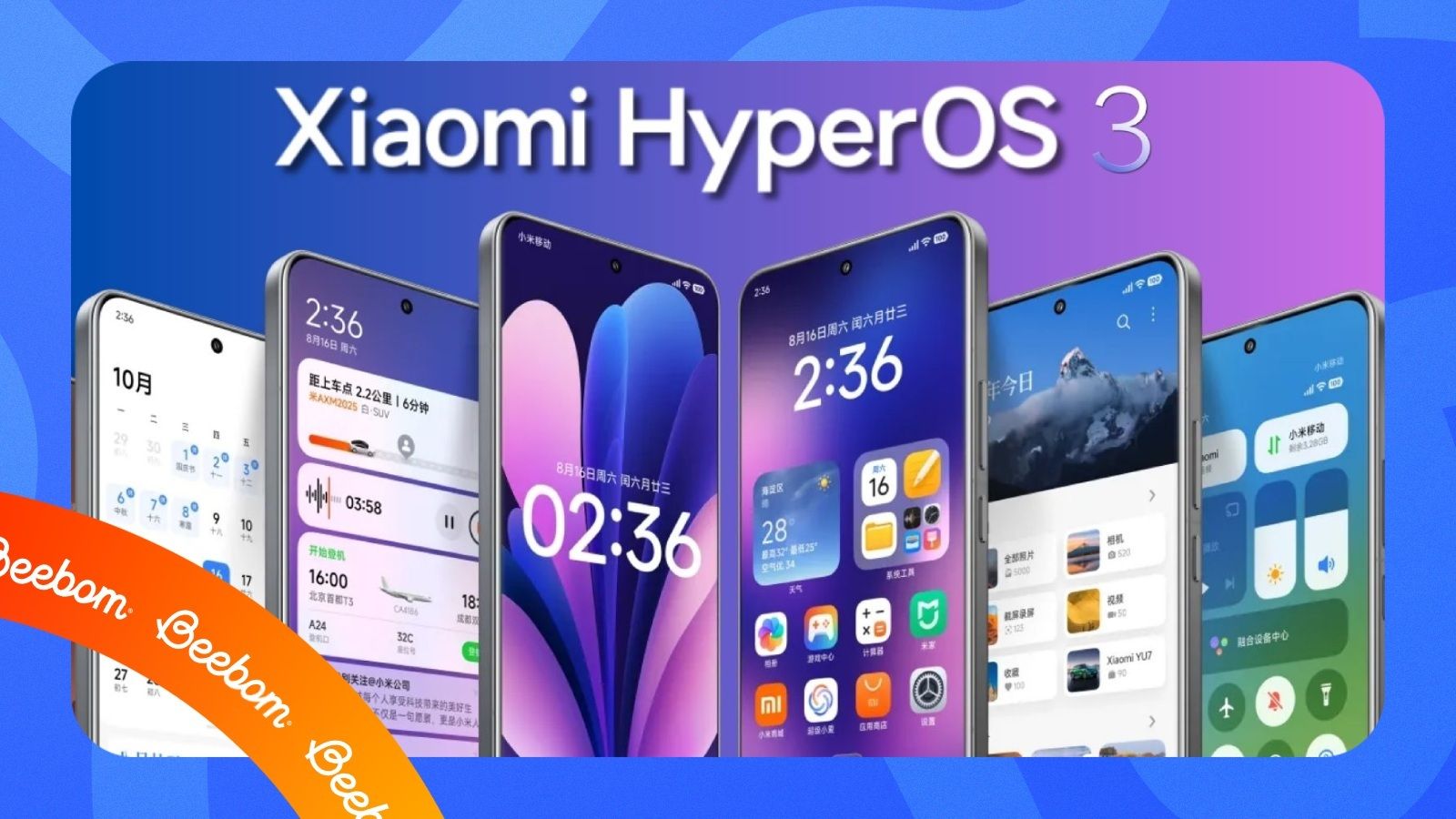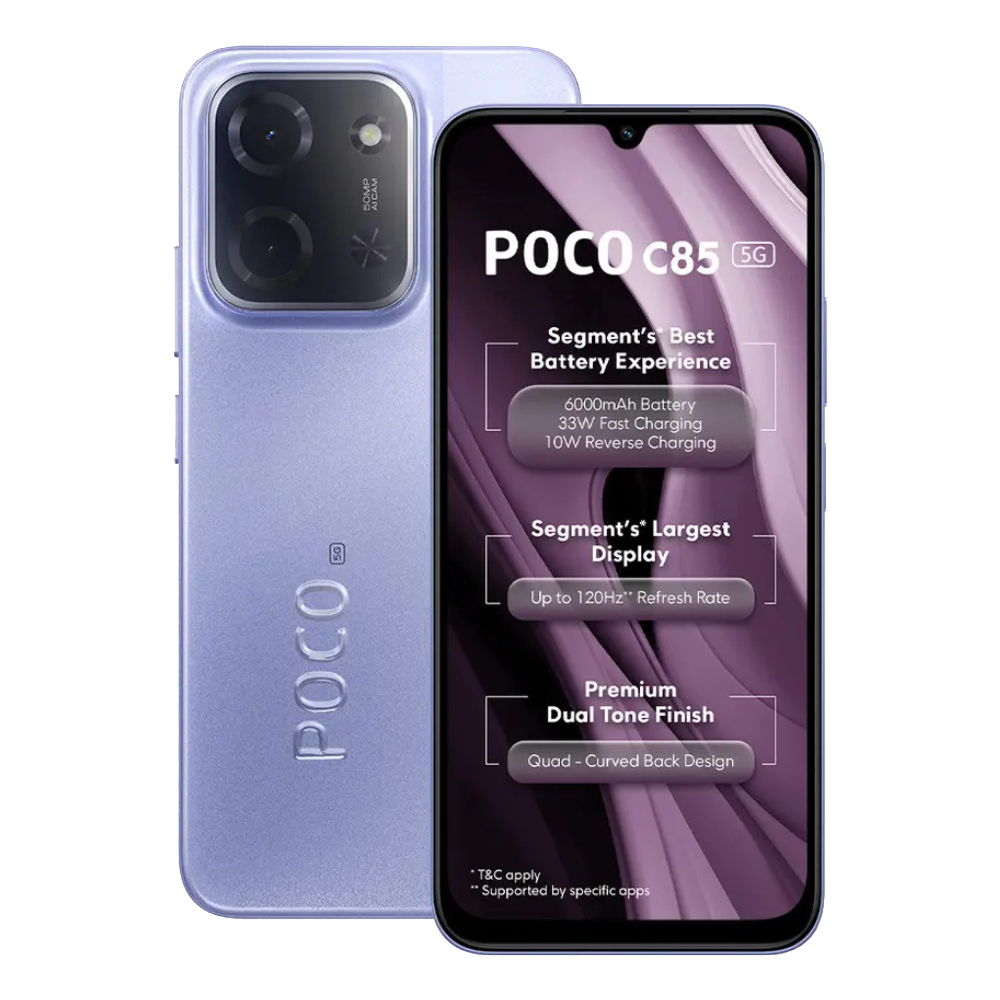HyperOS 2 was released in 2024, and it brought many changes, from the improved user interface to Android 15-specific features. Android 16 is already out, and it's about time Xiaomi starts pushing its next iteration, the HyperOS 3, based on Android 16. If you're waiting for the same but don't know if your Xiaomi, Poco or Redmi device will get it, here's a list of all the HyperOS 3-supported devices.
HyperOS 3 supported devices
Xiaomi has officially announced HyperOS 3, and it will be unveiled in an event scheduled on August 28, 2025, at 15:00 CST (or 12:30 PM IST). The firm should reveal more about its release date and the potential list of devices that may be eligible for the update.

Xiaomi, Redmi and Poco are yet to reveal the official list of devices that will get the Android 16-based HyperOS 3. However, like each year, their latest devices will be among the first to receive the update. These include the Xiaomi 15 series, Redmi Note 14 series and Poco F7.
The Xiaomi 15 series, including the Xiaomi 15, 15s Pro, 15 Pro and 15 Ultra, are already eligible for HyperOS 3 beta in China, and could very well be the first few devices to get the update. We expect HyperOS 3 stable to start rolling out by the end of 2025.
Xiaomi phones
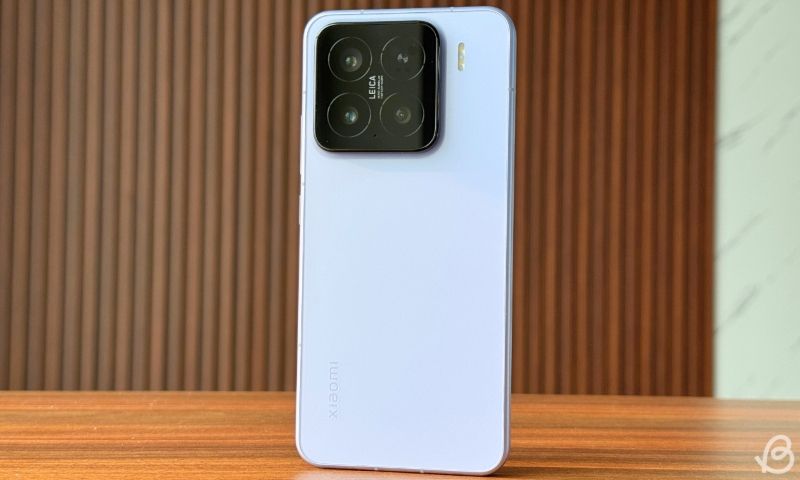
The first set of Xiaomi devices that will get the HyperOS 3 update will be the Xiaomi 15 series, followed by the Xiaomi 14 and Xiaomi 13 series.
- Xiaomi 15
- Xiaomi 15 Pro
- Xiaomi 15 Ultra
- Xiaomi 15T
- Xiaomi 15T Pro
- Xiaomi 14
- Xiaomi 14 Pro
- Xiaomi 14 Ultra
- Xiaomi 14T
- Xiaomi 14T Pro
- Xiaomi 13
- Xiaomi 13 Pro
- Xiaomi 13 Ultra
- Xiaomi 13 Lite
- Xiaomi 13T
- Xiaomi 12
- Xiaomi 12 Pro
- Xiaomi 12S
- Xiaomi 12S Pro
- Xiaomi 12S Ultra
- Xiaomi Civi 2
- Xiaomi Civi 3
- Xiaomi Civi 4 Pro
- Xiaomi MIX Flip
- Xiaomi Flip 2
- Xiaomi MIX Fold 4
- Xiaomi MIX Fold 3
- Xiaomi Pad 6
- Xiaomi Pad 6 Pro
- Xiaomi Pad 6S Pro
- Xiaomi Pad 7
- Xiaomi Pad 7 Pro
- Xiaomi 7 Ultra
- Xiaomi 7S Pro
Redmi phones

Many Redmi phones are eligible for HyperOS, including devices in the Redmi Note series, standard Redmi series and the K series. Here are all of them:
- Redmi Note 14
- Redmi Note 14 Pro
- Redmi Note 14 Pro+
- Redmi Note 14 SE
- Redmi Note14S
- Redmi Note 13
- Redmi Note13 Pro
- Redmi Note 13 Pro +
- Redmi Note 13R
- Redmi Note 13R Pro
- Redmi K80
- Redmi K80 Pro
- Redmi K80 Ultra
- Redmi K70
- Redmi K70 Pro
- Redmi K70 Ultra
- Redmi K70E
- Redmi K60 Pro
- Redmi K60 Ultra
- Redmi 13
- Redmi 13X
- Redmi 14C
- Redmi A4
- Redmi Turbo 4
- Redmi Turbo 4 Pro
- Redmi Turbo 3
- Redmi Pad 2
- Redmi Pad Pro
- Redmi Pad SE
- Redmi Pad
- Redmi K Pad
Poco phones
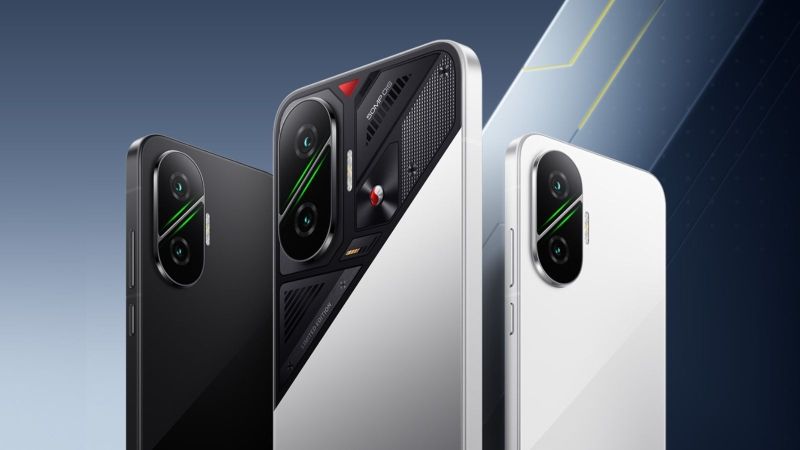
Poco recently launched the Poco F7 in India, and being the firm's latest device, it will most probably be the first to get the HyperOS 3 update. Poco promised four years of major OS updates to the Poco F7, bumping it up from three years on the Poco F6 and a meagre two years on the F5.
- Poco F7
- Poco F7 Pro
- Poco F7 Ultra
- Poco F6
- Poco F6 Pro
- Poco F5
- Poco F5 Pro
- Poco X7
- Poco X7 Pro
- Poco X6
- Poco X6 Pro
- Poco X6 Neo
- Poco M7 Pro
- Poco M6
- Poco M6 Pro
- Poco M6 Plus
- Poco C75
- Poco C65
- Poco Pad
Xiaomi, Redmi and Poco have vastly varying software polices, and this could vary between two different series of smartphones in the manufacturer's portfolio. For example, Xiaomi's flagship devices may receive four years of software updates, while their sub-flagships like the Xiaomi 15T series will receive only three years of updates.
The same goes for the Redmi series, where entry-level smartphones like the Redmi A4 are expected to receive just two major updates. Mid-range to upper mid-range smartphones like the Redmi K80 may also receive two years of updates, whereas the recent Redmi Note 14 series has been promised four years of major updates.
HyperOS 3 Expected Features
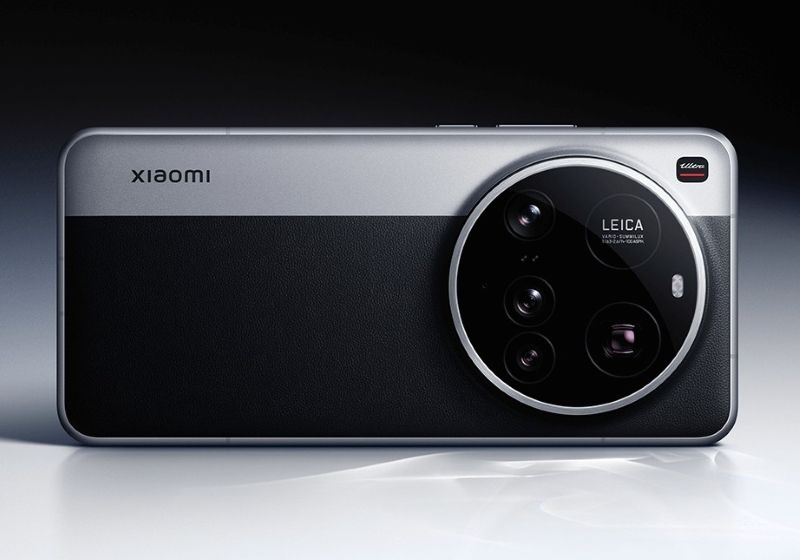
For HyperOS 3, Xiaomi is expected to bring more AI features, better battery management, Android 16's Live updates and slight visual changes. The exact features are currently unknown, but here’s a list of all the Android 16-specific features that are expected to roll out with HyperOS 3:
- Advanced Protection mode in Android 16 disables a few Android features that can be exploited by bad actors.
- Search in Photo picker helps you search for photos from your photo library with ease.
- Enhanced Predictive back gestures improve the gesture animations and make them available across more regions of Android.
- Live Updates are similar to iOS’ Live Activities, allowing apps to update notifications live to reflect the status of a ride your food.
- Material 3 Expressive is expected to change the UI elements across most app, but the HyperOS could retain most of its current look and feel.
As mentioned earlier, Xiaomi is expected to roll out HyperOS 3 by the end of 2025. The OS may then gradually roll out to all the Poco and Redmi devices in the months after. Newer devices are expected to receive the update sooner.
While Pixels have already received Android 16, Samsung is expected to roll out One UI 8 to the Galaxy S25 series in September 2025. Besides, manufacturers like OnePlus and Nothing are already testing Android 16, and could start rolling out OxygenOS 16 and Nothing OS 4.0 in the coming months.




